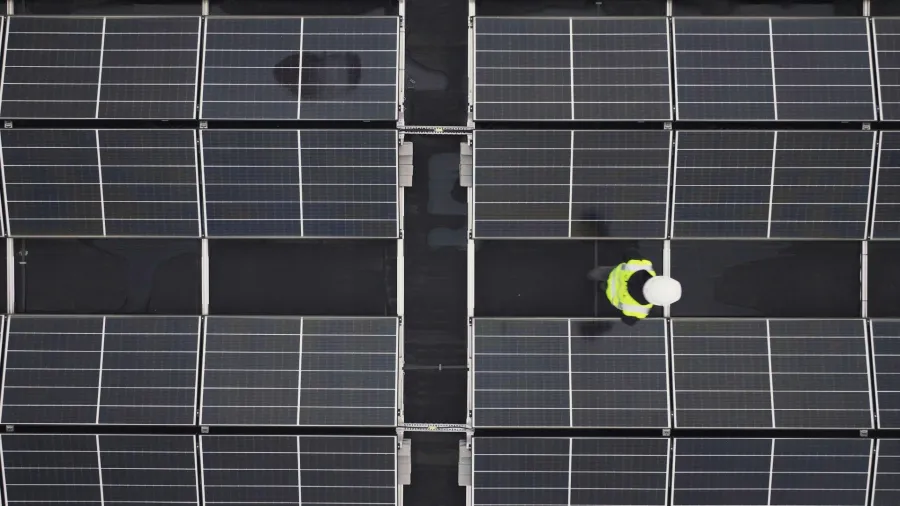
National CER strategy could bring down energy prices
The council added that it will also result in over 18,000 job opportunities.
The Clean Energy Council (CEC) released the National Consumer Energy Resources (CER) Roadmap which found that Australian households and businesses could save up to $71 annually on energy bills with a unified national strategy for CER uptake.
CEC said that with the CER national strategy, households could incur such annual savings, whether or not they have installed CER technologies such as rooftop solar and home batteries.
“It is critical that we get the policy settings right to maximise the benefits of Australia’s rooftop solar success story,” Clean Energy Council Policy Director – Distributed Energy, Con Hristodoulidis, said.
“Australia’s electrification journey has only just begun and adopting CER at even greater scale will be the key to lowering power bills and a timely energy transition.”
Aside from the annual energy savings on bills, CEC said that the pathway could create 18,200 additional jobs in manufacturing, sales, design and installation, and over (A$22b) in savings for Australian taxpayers to 2050, amongst others.
Under the lowest cost pathway, CER storage capacity is projected to reach 34 gigawatts (GW), whilst orchestrated capacity integrated into the grid will be at 27 GW by 2050.



















 Advertise
Advertise






